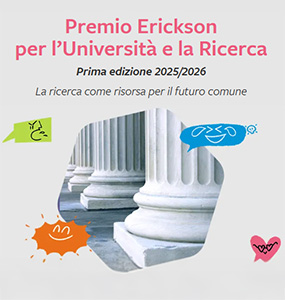Rethinking Museum Accessibility to Create Experiential Spaces of Inclusion and Innovation
Barbara Baschiera
Italy can claim the largest presence and the most widespread distribution of cultural sites throughout the country. However, one third of these sites cannot be considered inclusive (ISTAT, 2022). Making them accessible would require a focus on visitors, respecting their autonomy and capabilities (Sen, 2000), by studying strategies that allow for participation and inclusive co-design. To this end, students on the Pedagogy and Special Education course at Ca’ Foscari University of Venice were given the task of actually rethinking the accessibility of a museum institution of their choice. To reach this goal, the students applied the seven principles of Ronald Mace’s universal design model (1985). This model was complemented by Sandell and Dodd’s model (2010), in order to focus on existing barriers, and Maslow’s Hierarchy of Needs model (1954), in order to identify possible solutions to meet the visitors’ diverse requirements. This paper illustrates how museum practices can be reshaped with the contribution of special pedagogy, making accessibility a resource and a prerequisite for any design aimed at visitor empowerment.
Keywords
Museum accessibility, Participation, Inclusive co-design, Self-determination, Universal Design for Learning.


